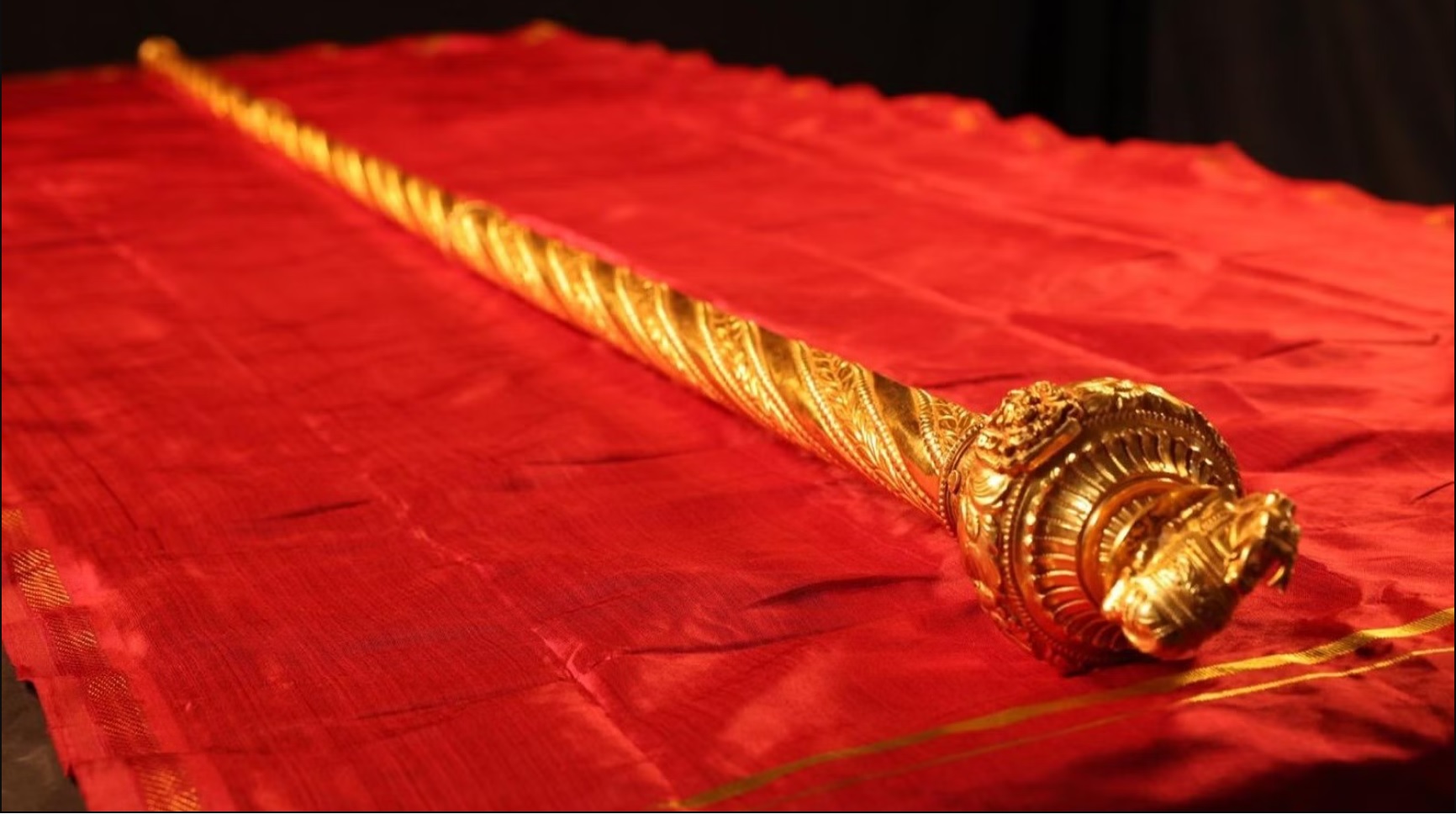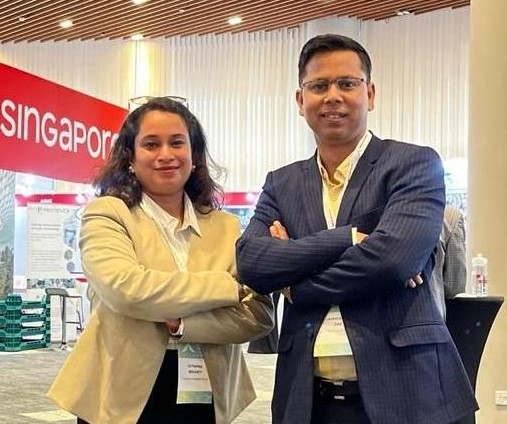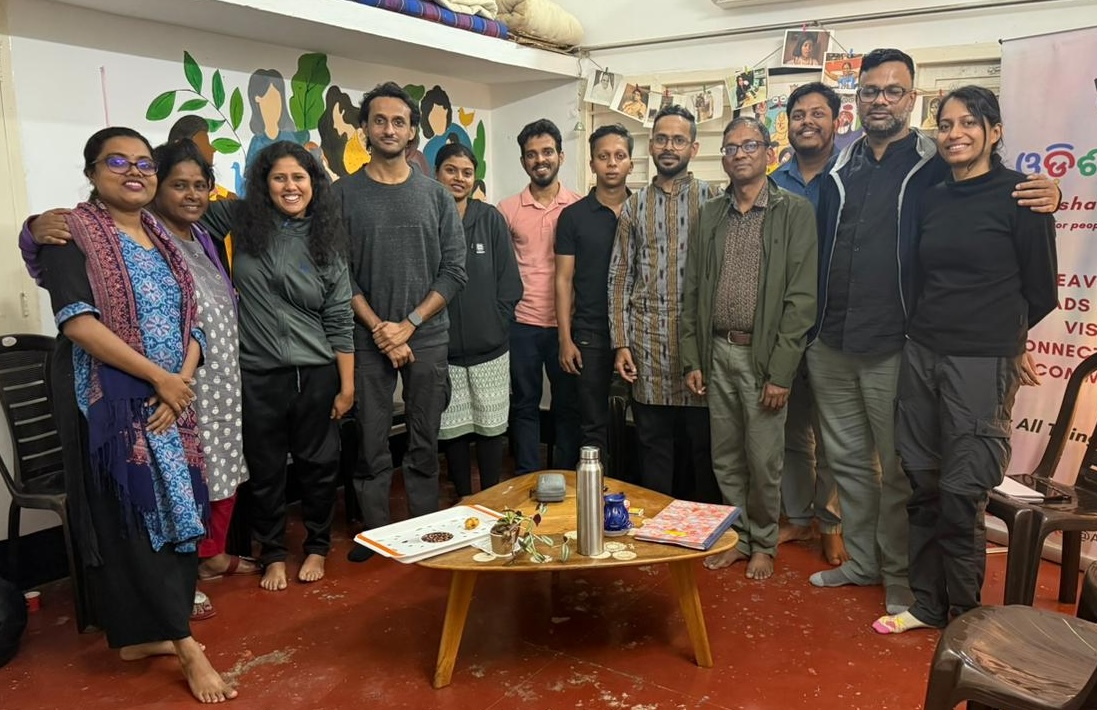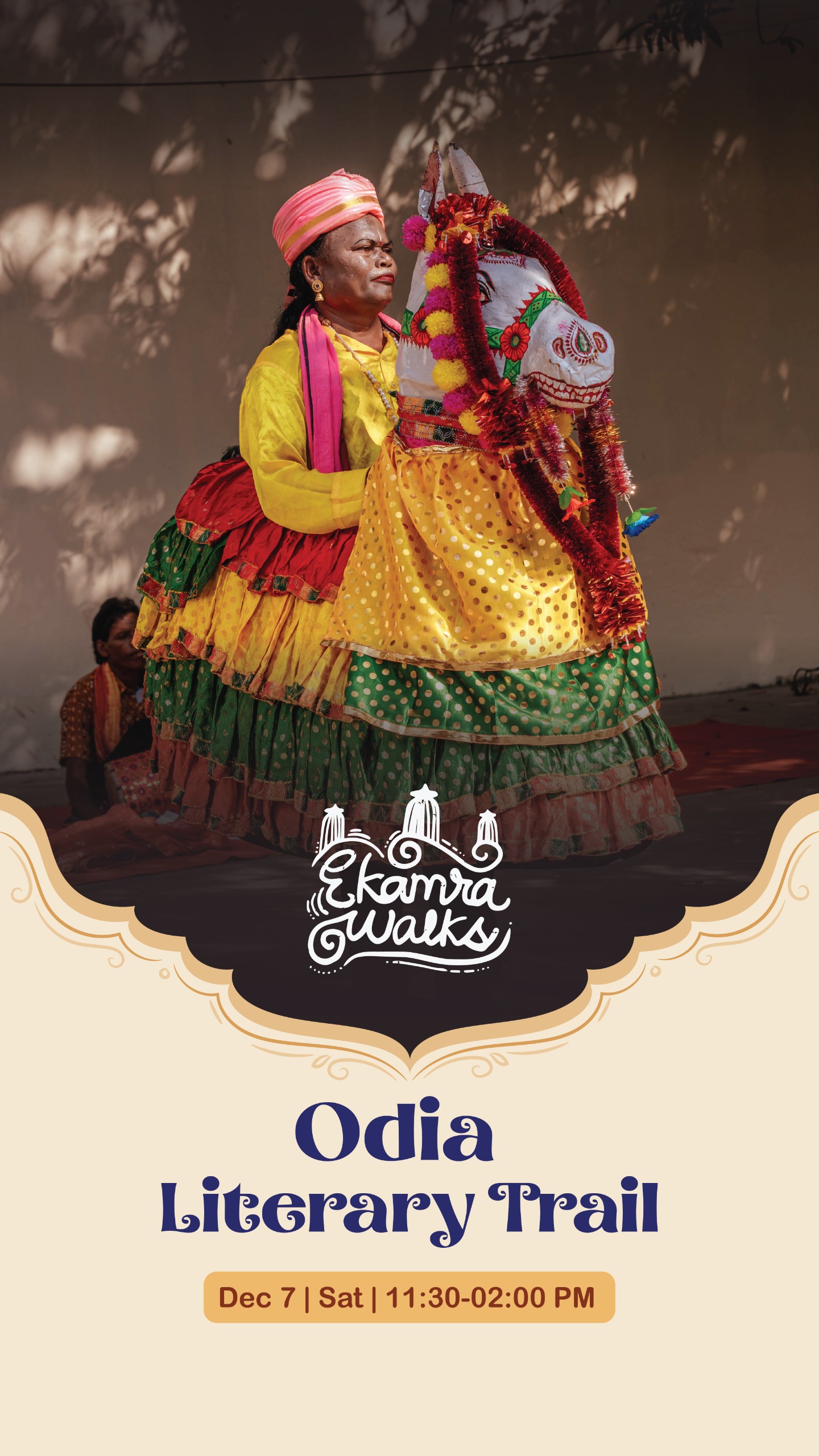New Delhi: With the inauguration of the New Parliament on Sunday, a forgotten historical traditional practice would be restarted. The Centre has decided the install a historical gold-plated sceptre ‘Sengol’ inside the new parliament which was used as a symbol of power transfer in 1947.
It is the same Sengol that was handed over to the first Prime Minister of India, Jawaharlal Nehru at his residence on the night of 14th August, in the presence of several leaders.
Sharing the significance of Sengol, Home Minister Amit Shah said, “The Sengol is profound in meaning, which is derived from the Tamil word ‘Semmai’, meaning Righteousness.”
“Even after 75 years of independence, most of the people in India are not aware of this event in which India’s transfer of power took place through handing over of Sengol to Pt Jawaharlal Nehru. It was a special occasion on the night of August 14, 1947, celebrating India’s independence,” he added.
Pandit Nehru received the ‘Sengol’ from the Adheenams (Priests) of the Thiruvaduthurai Adheenam (Mutt) in Tamil Nadu, who had specially arrived for the occasion. It was precisely the moment in which power was transferred by the British into the hands of Indians.
Prime Minister Narendra Modi has decided to adopt the Sengol as a national symbol of the Amrit Kaal.
In a similar event, Adheenam (Priests) would hand over the Sengol to PM Modi which he will install near the podium of the Lok Sabha Speaker.
“Sengol is blessed by the high priests of a leading Dharmic Mutt in Tamil Nadu. The Nandi, with its unyielding gaze as the beholder of “Nyaya”, is hand-carved at the top. Most importantly, the recipient of the Sengol has the “order” (“Aanai” in Tamil) to rule justly and fairly. This is what is most appealing, for those elected to serve the people must never forget this,” he said.
Made of silver and plated in gold, the sceptre had been preserved at Allahabad Museum since then.
“The Parliament House is the most appropriate and sacred place to install the historic Sengol,” said Shah.
As per history, the Adheenam priests first presented the sceptre to the Viceroy, Lord Mountbatten, then took it back from him and purified it with holy water, before taking it in a procession to Nehru’s residence. There, he was handed the sceptre as the priests recited a song by a 7th Century Tamil saint.
Amit Shah also informed that the 96-year-old Wummidi Bangaru Chettyji, a jeweller who had made the Sengol will also participate in the ceremony.
A special website (sengol1947.ignca.gov.in), with details and downloadable videos about the Sengol, was launched by the Home Minister. He said, “We want the people of India to see this and learn about this historic event. It is a matter of pride for all.”





